There are way more animals of other species than there are humans and sometimes they interrupt our sports
There are 7.7 billion humans on Earth but many, many more animals of other species, so it's no wonder animals sometimes interrupt humans’ sports matches. And that can make for a great photo
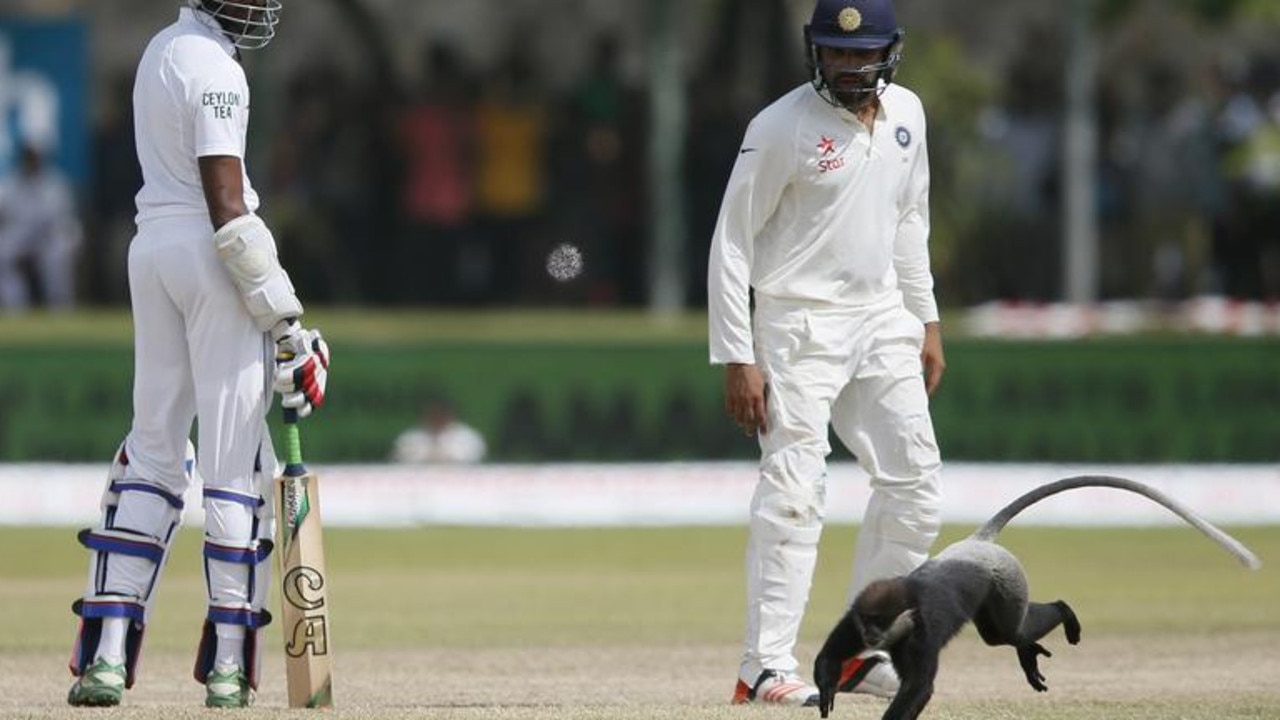
READING LEVEL: GREEN
In 2019 there are 7.7 billion* humans on Earth.
There are, however, far, far more animals of other species on Earth than there are humans.
Scientists and mathematicians sometimes try to work out how many animals there are but they’re mostly guessing. The numbers are too big and there are too many unknowns to be accurate.
We do know with some certainty there are about a billion sheep, about 1.5 billion head* of cattle and around 19 billion chickens. There may even be about 600 million small cats in the world.
And then there are insects. We don’t know how many grasshoppers there are in total, for instance, but we do know there are 11,000 known species of grasshoppers.
We are absolutely outnumbered!
Is it any wonder that sometimes an animal doesn’t walk politely around the boundary line of a soccer match or wait at the side of the road for the peloton* to go past in a big bike race?
Sometimes, they walk right on through. And that makes a great photo.
Here are some photos we really like of animals interrupting sports. Which is your favourite? Which animal would you like to see interrupt which sporting competition?
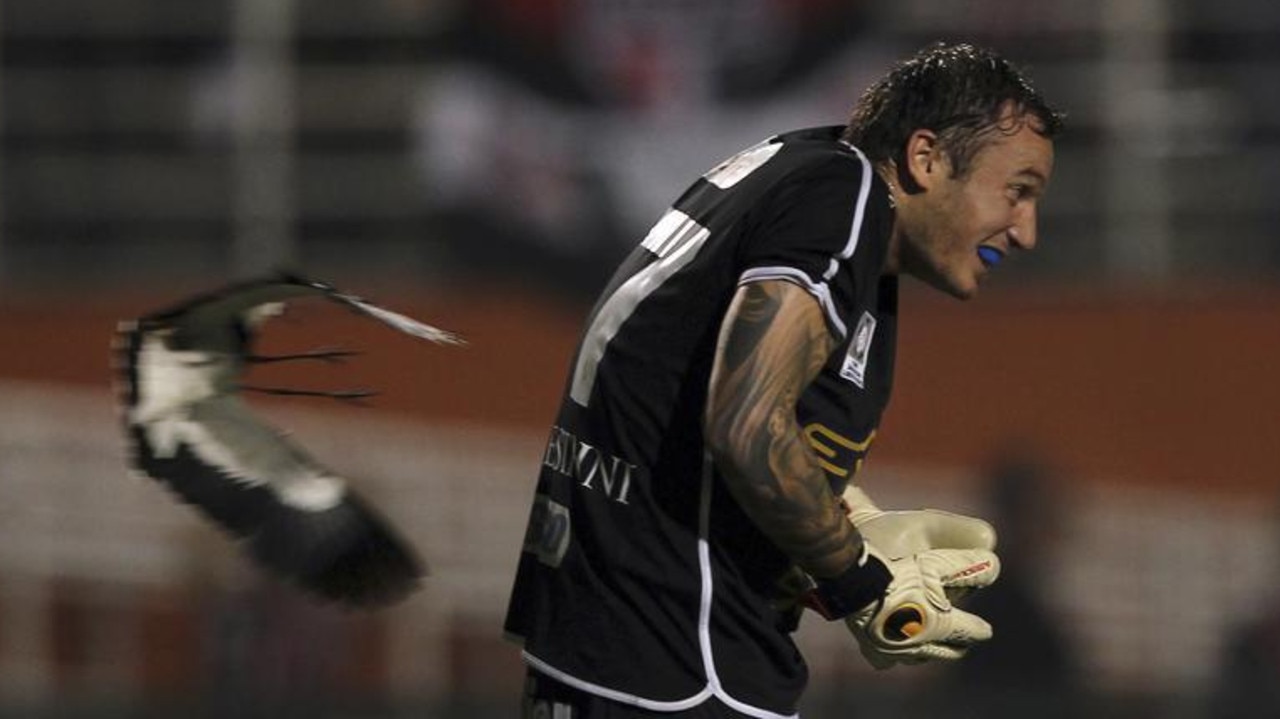

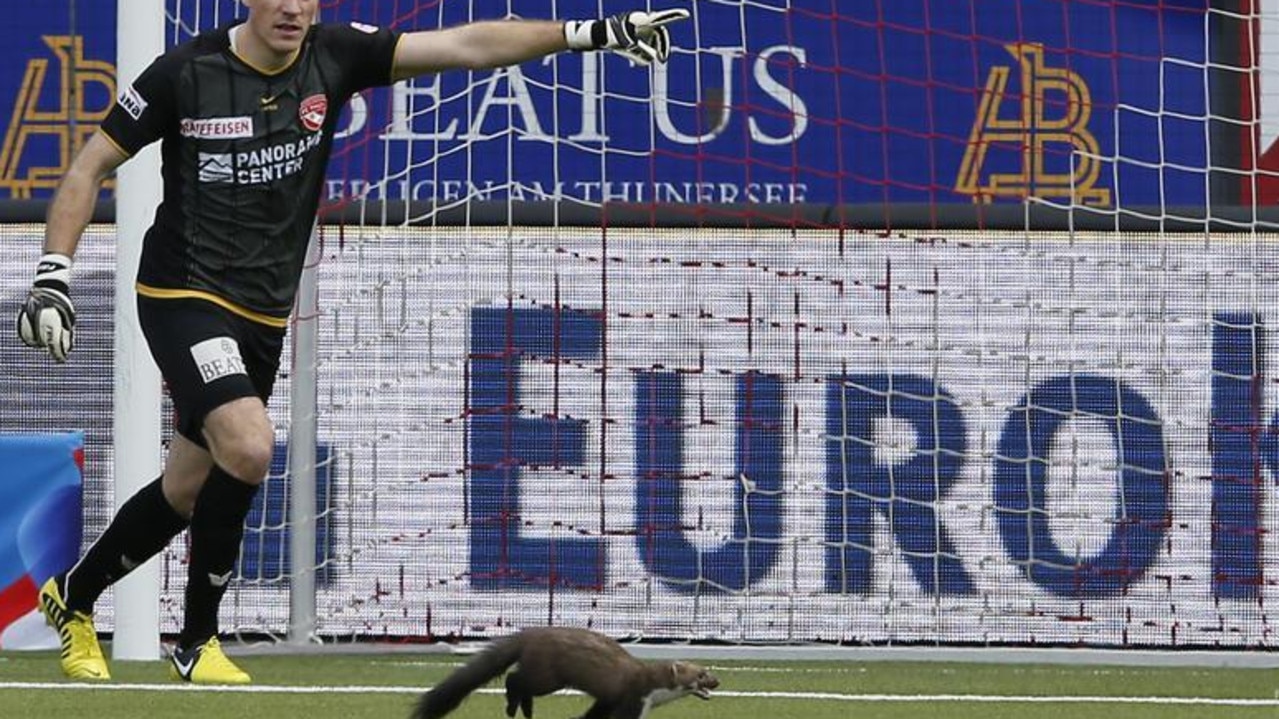
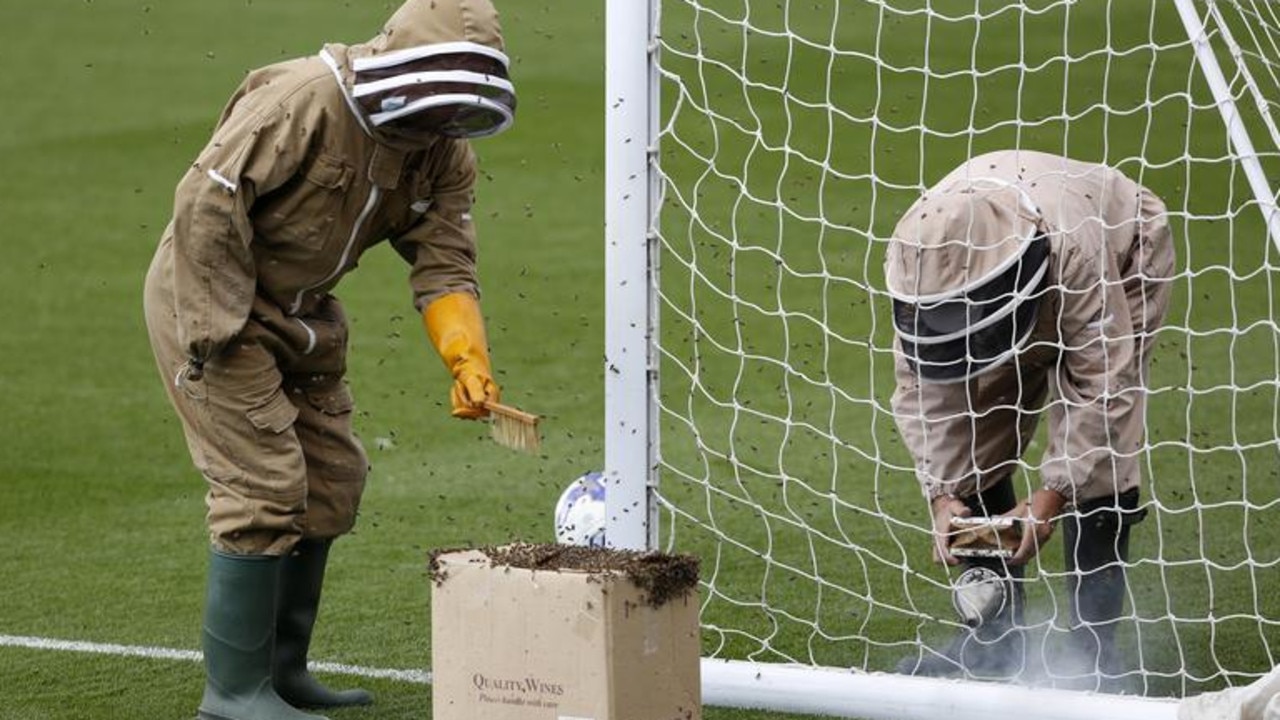
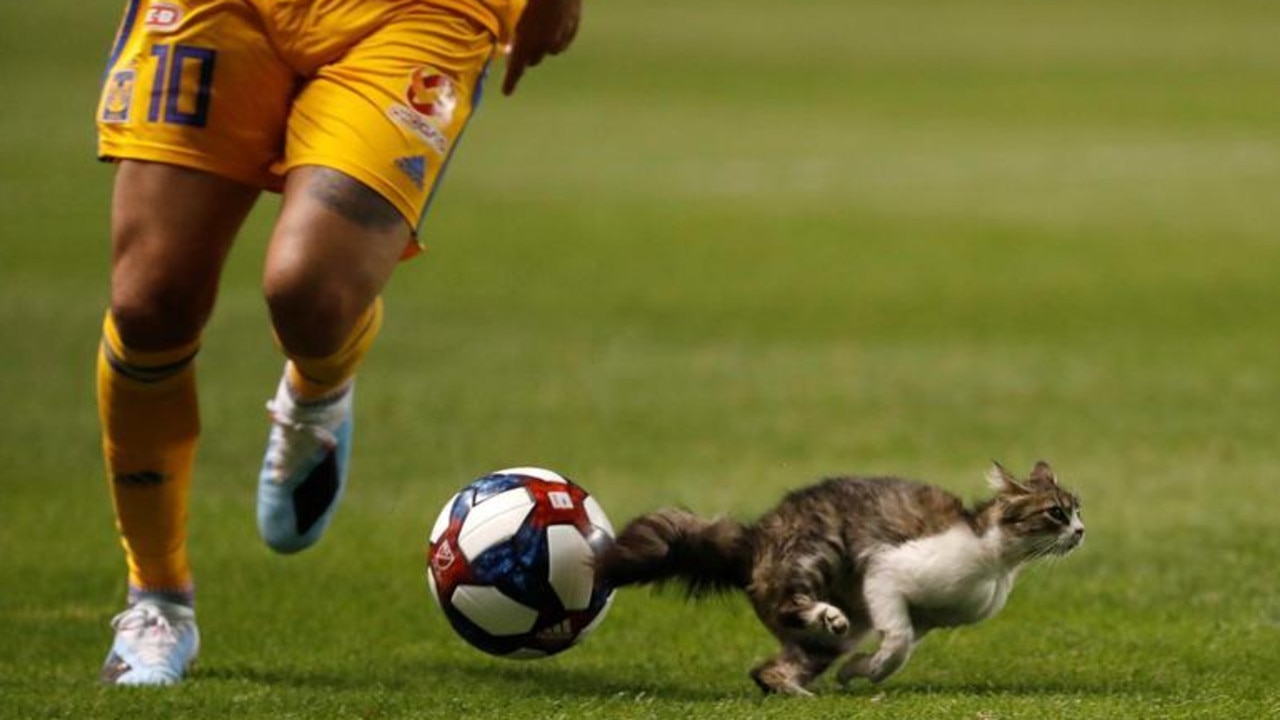
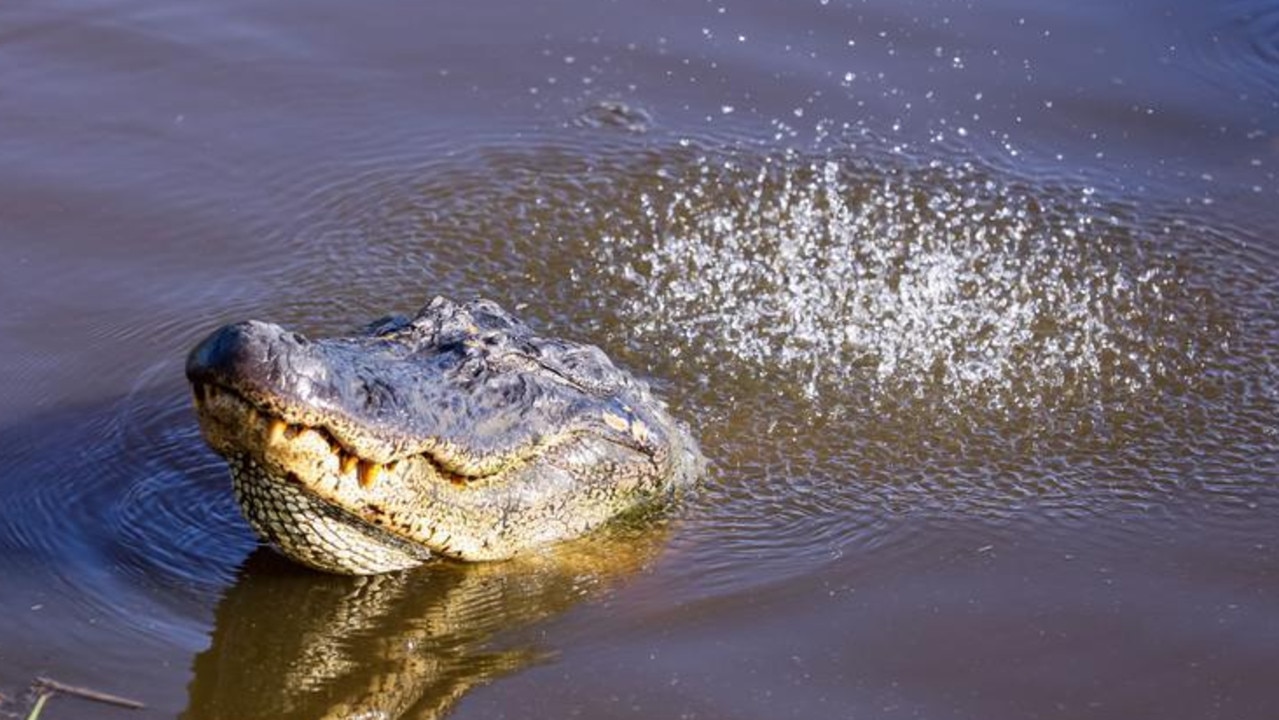
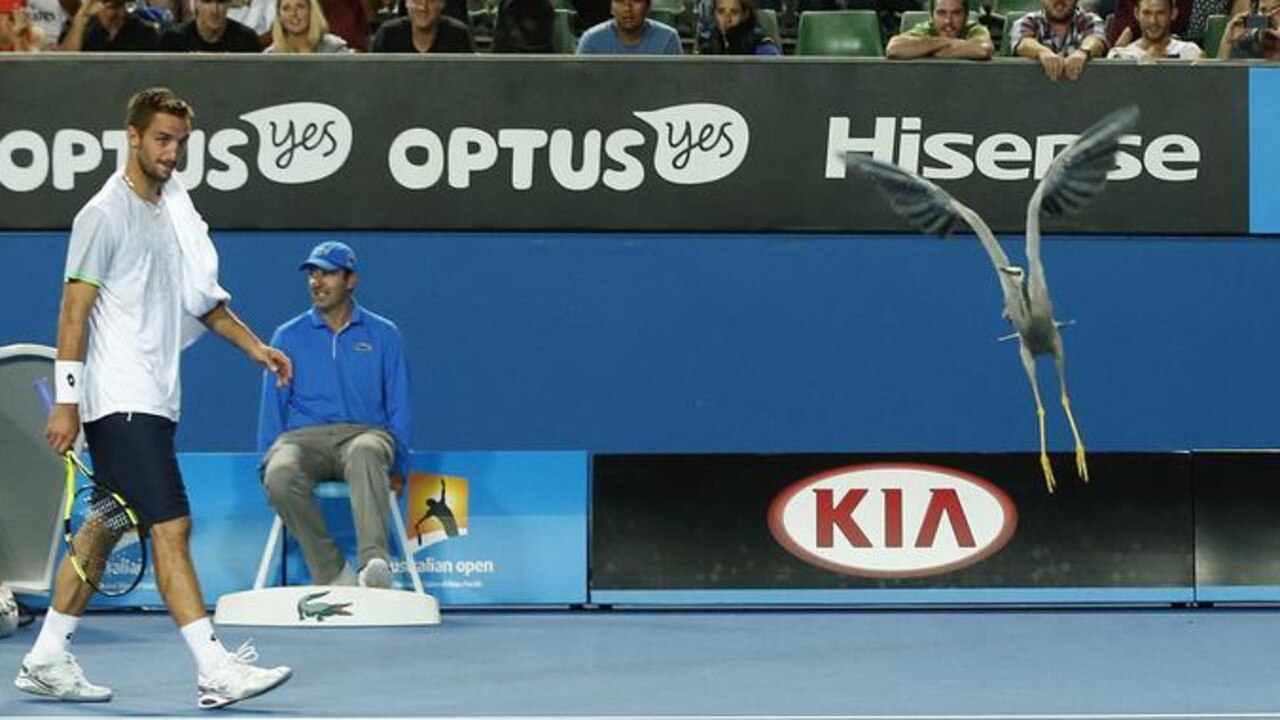
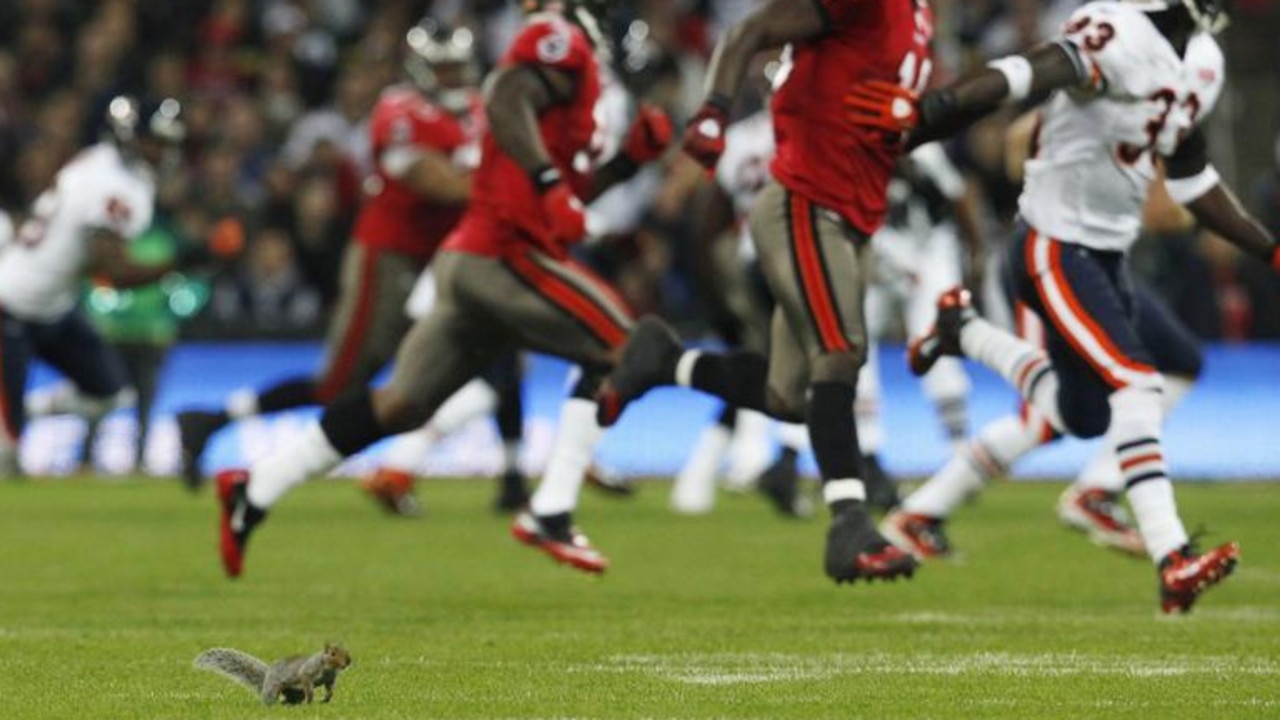
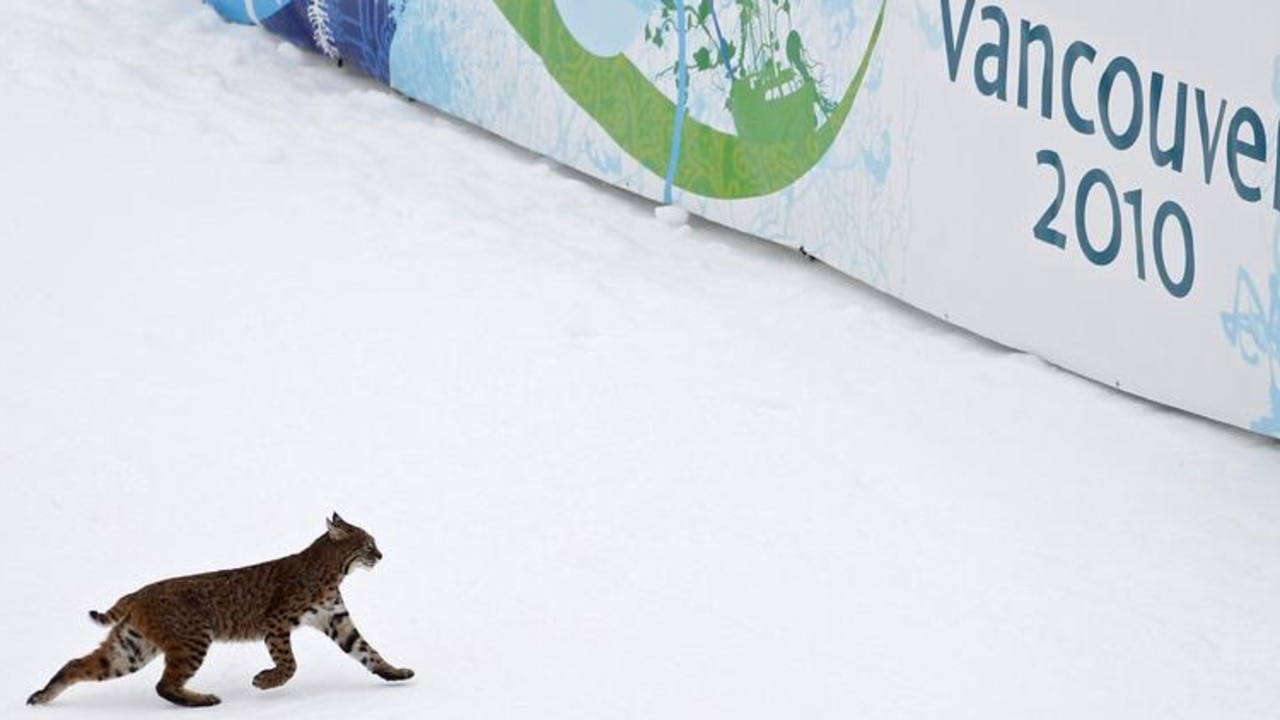
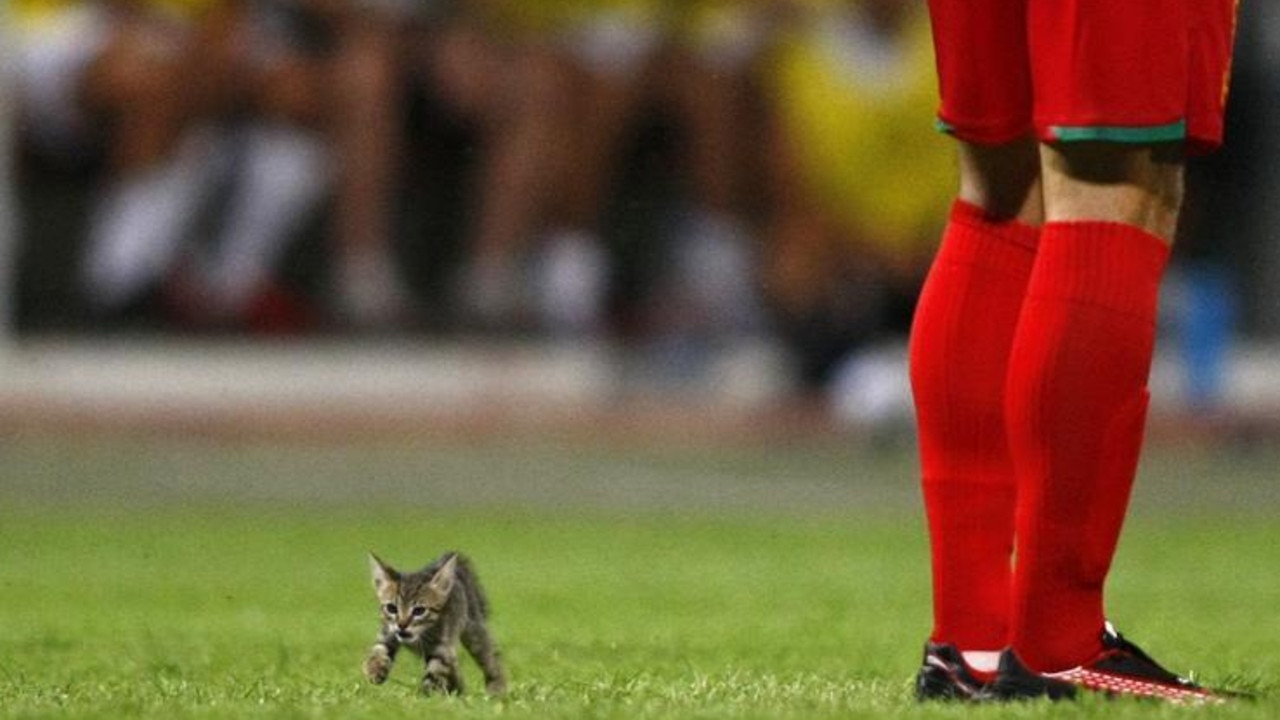
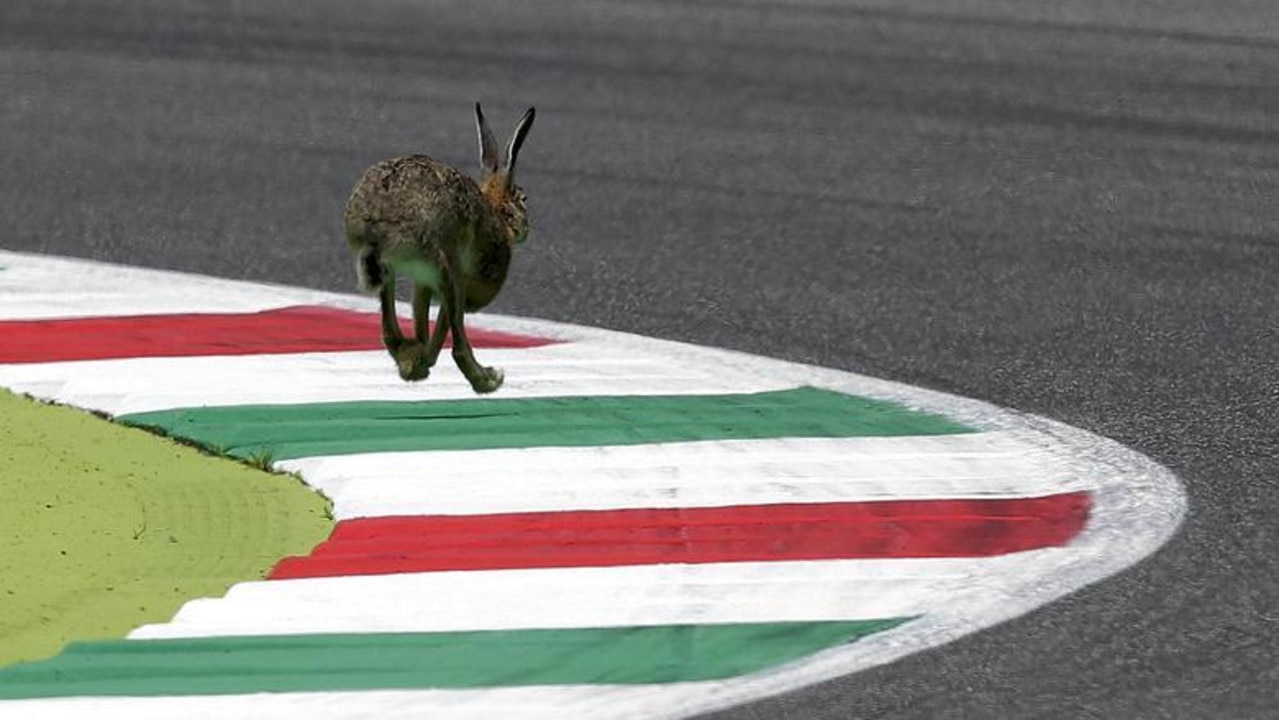
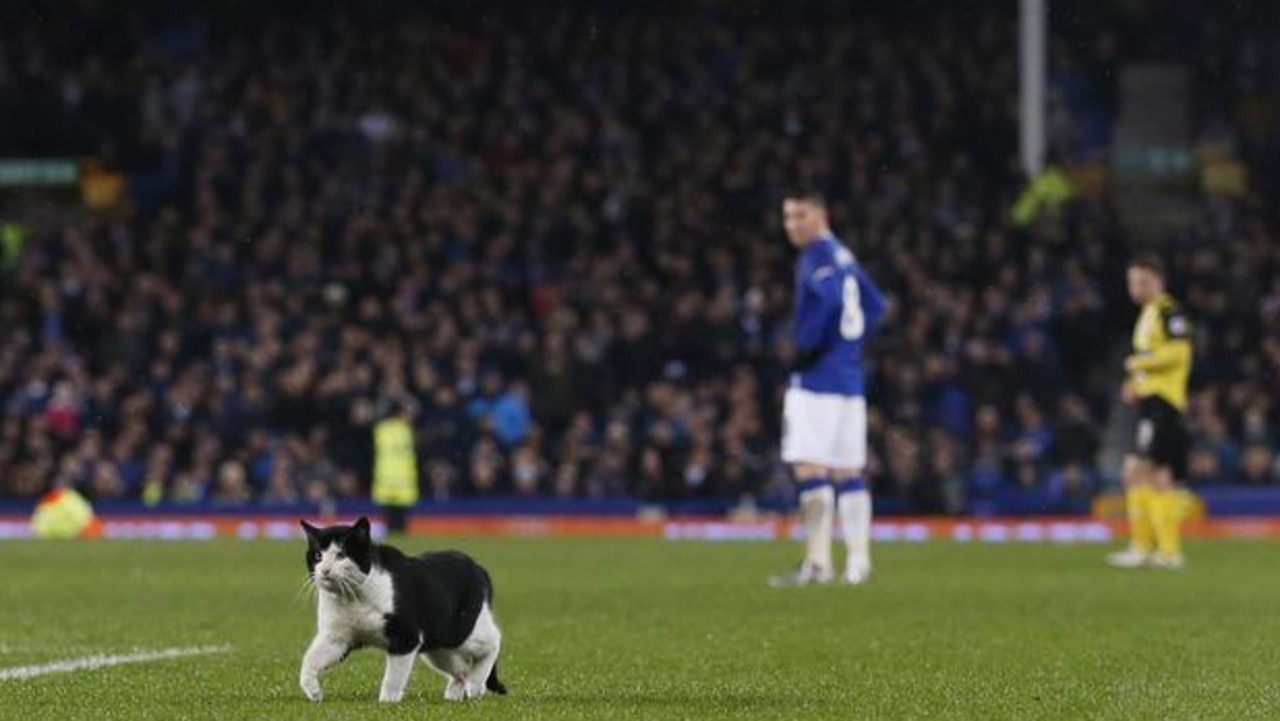
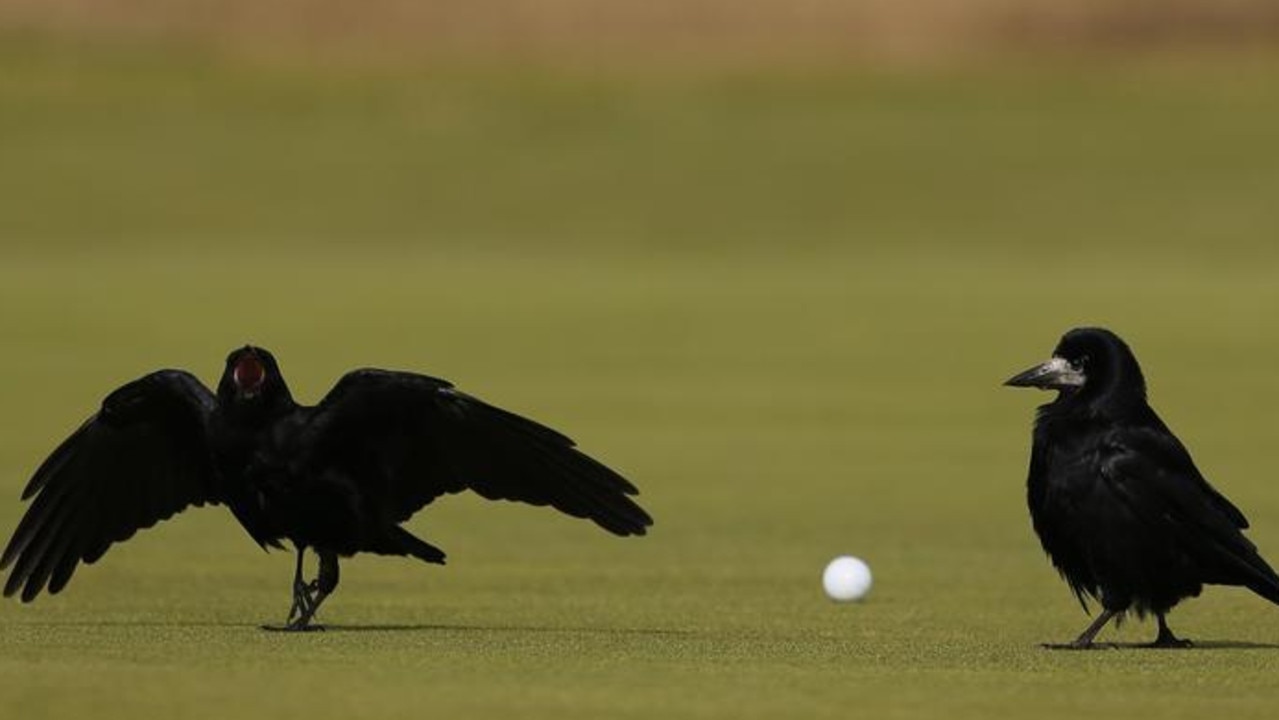
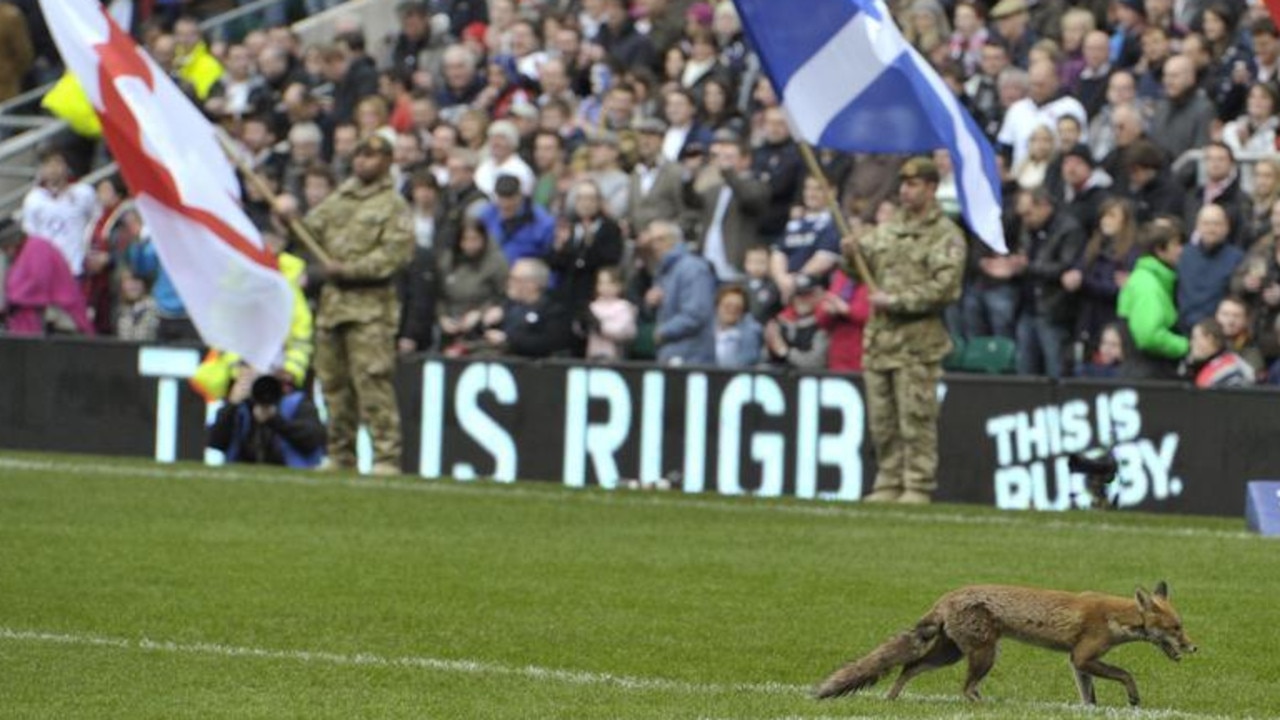
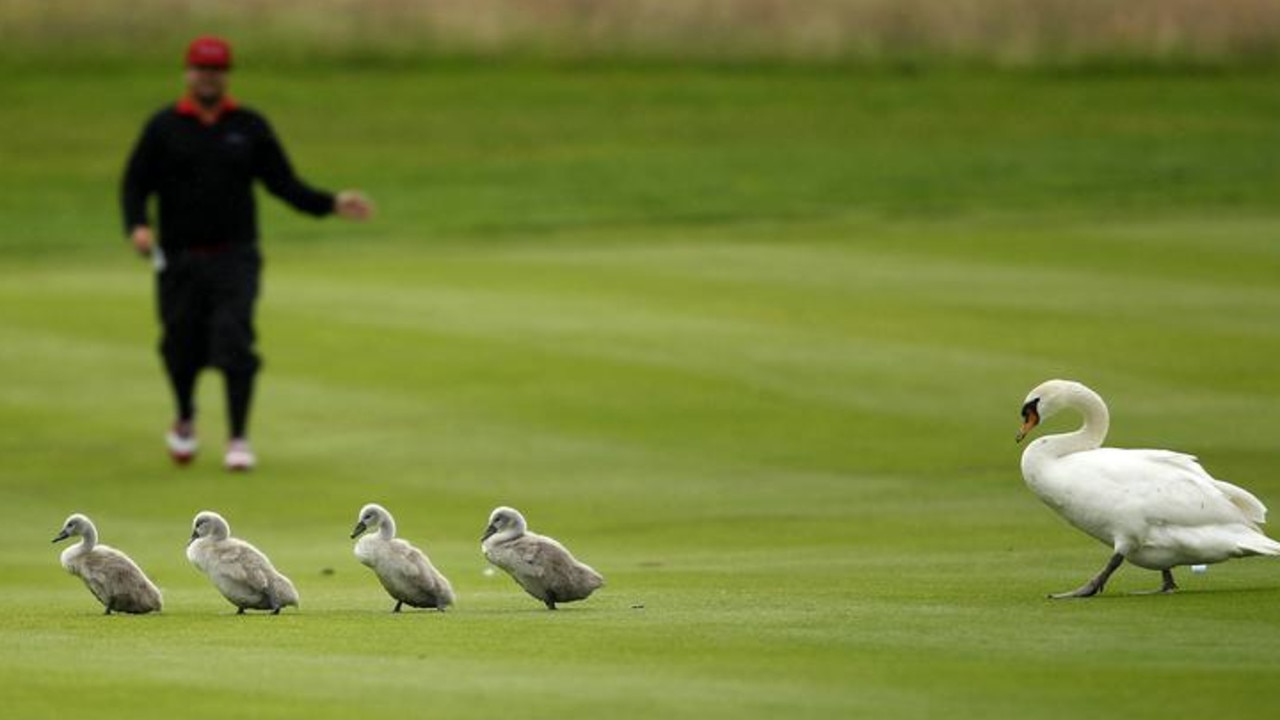
GLOSSARY
- billion: one thousand million
- head: the word used when counting numbers of cattle and sometimes people. One head means one animal or person
- peloton: the pack with most of the riders in it in a road cycling race
EXTRA READING
Golfer scores birdie of a different kind
Weird, wacky, wonderful nature photos
QUICK QUIZ
- Which sports event would you most like to have been at?
- Which is your favourite photo?
- Which animal would you like to see invading a match or getting in the way of a race?
- Have you ever had insects annoy you while playing sport? Which ones?
- Have you ever swallowed an insect when you’ve been running or riding a bike? Did you cough it back up?
LISTEN TO THIS STORY
CLASSROOM ACTIVITIES
1. From the commentator’s box
Large sporting events are often televised or broadcast on the radio, with commentators talking us through the action. Choose one of the photographs from the collection and write a script of what you think the commentators might have said about what was happening. Your script should include the voices of two or more commentators and should be reflective of the type of commentary you would expect to hear for the sport you have chosen (e.g. the commentary for golf is likely to be more serious than for a soccer game). Use your imagination to make up some of the details if you need to.
Once your script is complete, read it aloud to a partner. Make sure you use different voices for each of the commentators and use expression to capture the mood.
Time: allow 25 minutes to complete this activity
Curriculum Links: English, Drama
2. Extension
Write some clever headlines to go with pictures in the collection. See if you can use literary devices such as alliteration or puns to make your headlines humorous or interesting.
e.g. Feisty feline catches footy fever; Rovers’ stinging loss to Oldham; etc.
Time: allow 10 minutes to complete this activity
Curriculum Links: English
VCOP ACTIVITY
Cat-astrophe
Most of the animals interrupting sports in these pictures are cats. Do you think they are doing it on purpose? After all, we know cats love attention and they can’t get much more attention than a stadium full of people.
Write a journal entry from one of the animals' perspectives. Decide if it was accidental or on purpose.
What sport did you interrupt? How did they react? Would you do it again?
Remember you are the animal, so make sure your journal doesn’t write things like “then the animal ran on to the field” it would have to say, “then I ran on to the field”.
HAVE YOUR SAY: Which is your favourite photo? Which animal would you like to see interrupt which sporting competition?
No one-word answers. Use full sentences to explain your thinking. No comments will be published until approved by editors.

